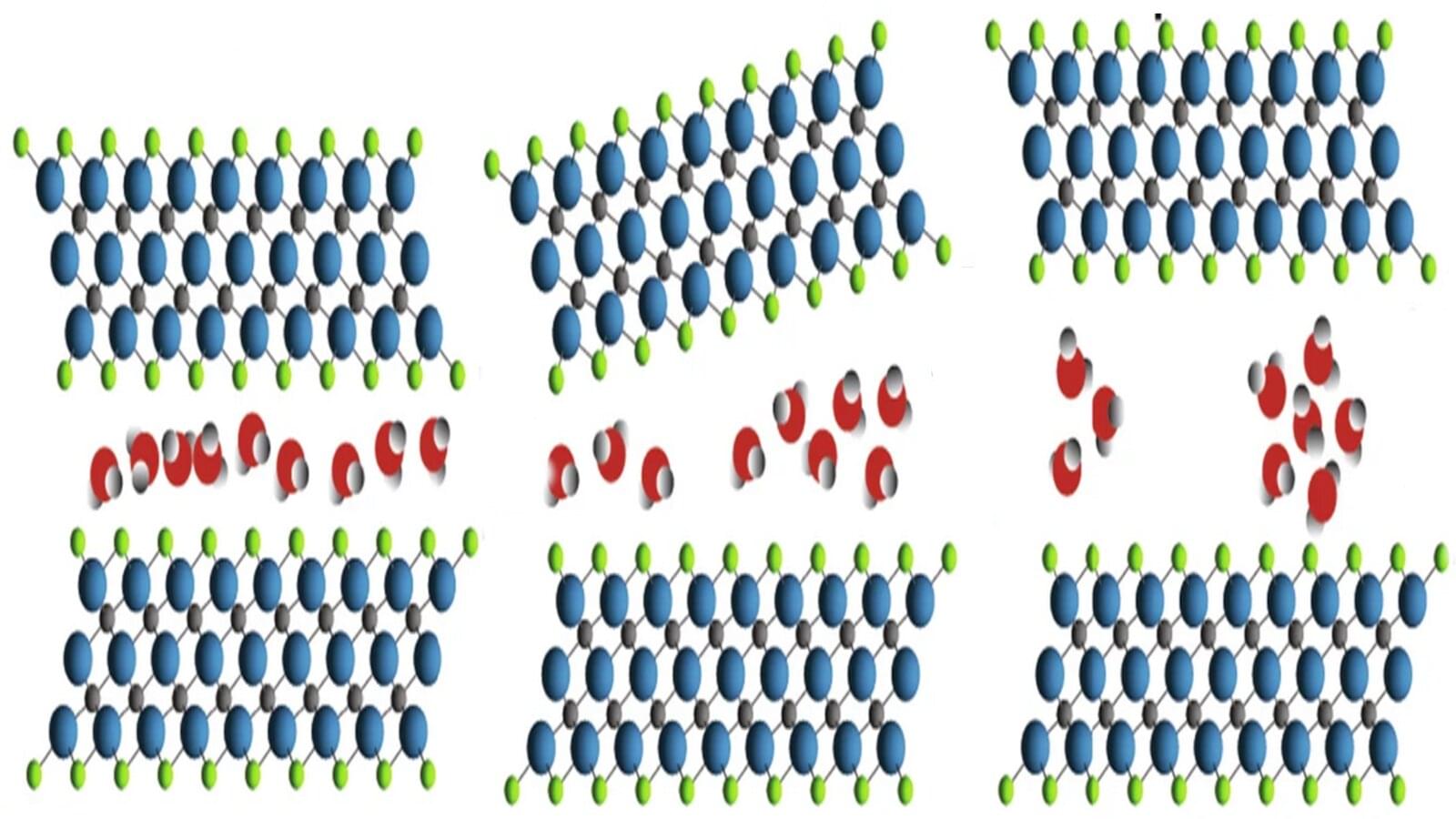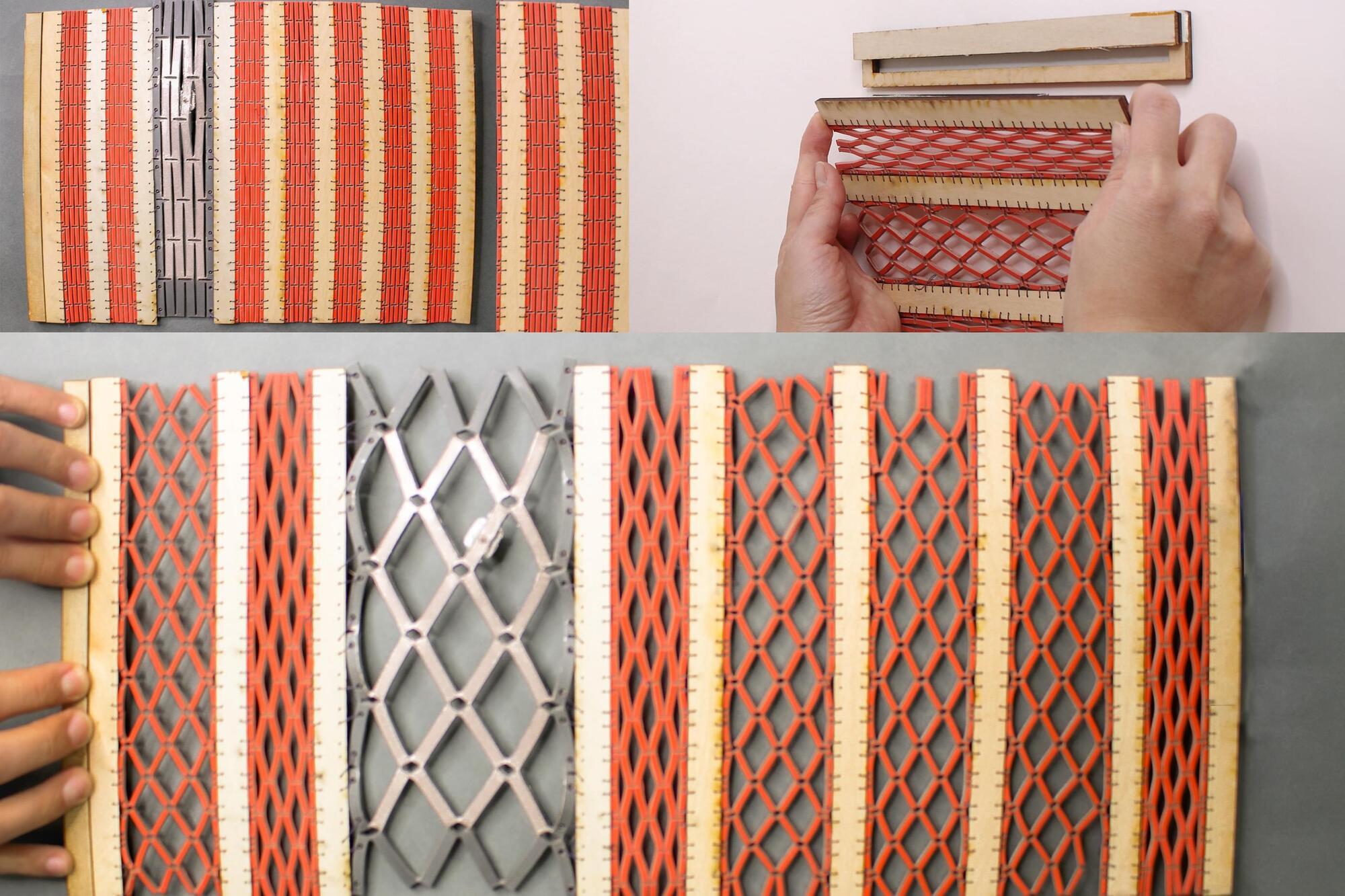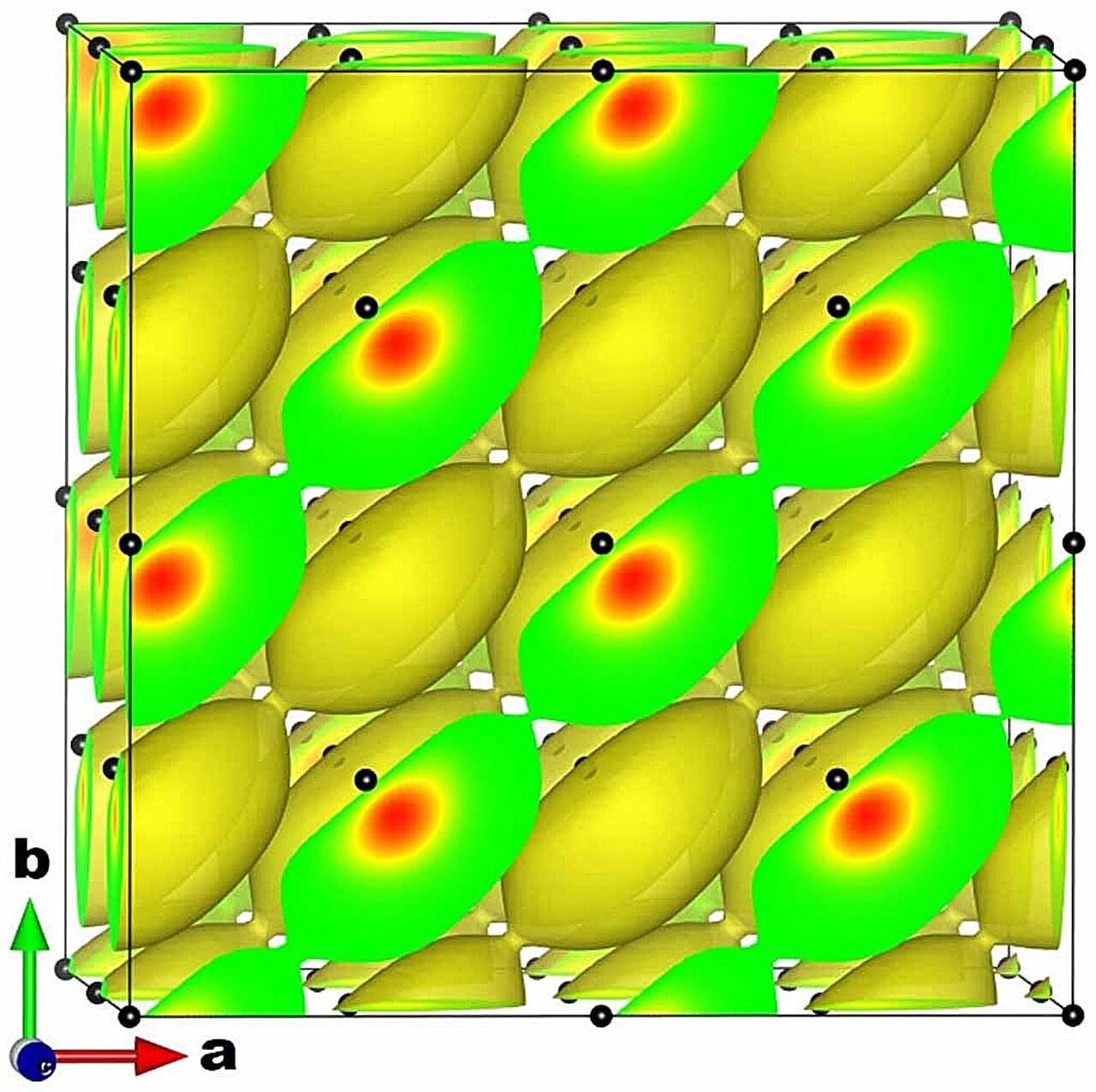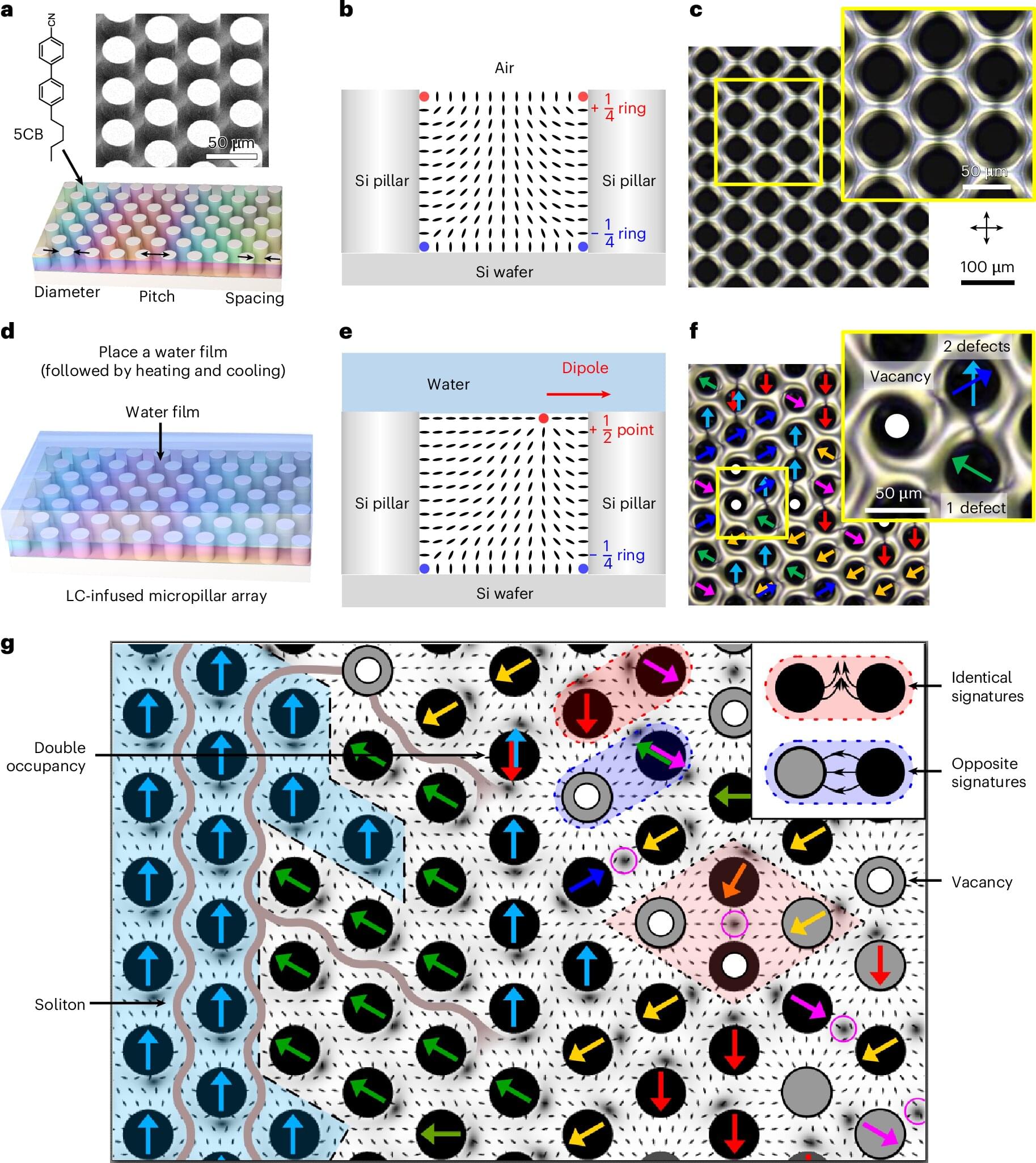Water still has unknown sides. When water is forced into two dimensions by enclosing it in appropriate materials, new properties, phase transitions, and structures emerge. MXenes as a class of materials offer a unique platform for exploring these types of phenomena. MXenes consist of transition metal carbides and nitrides with a layered structure whose surfaces can help them absorb water easily. The water forms an extremely thin film between the individual layers.
A team led by Dr. Tristan Petit, HZB, and Yury Gogotsi, Drexel University, has investigated a series of MXene samples containing enclosed water and different ions at BESSY II using various analytical methods. The work is published in the journal Nature Communications.
X-ray structural analysis revealed the formation of amorphous ice clusters in the enclosed water, which increases the distance between the MXene layers. The previously metallic MXene film then becomes a semiconductor.









